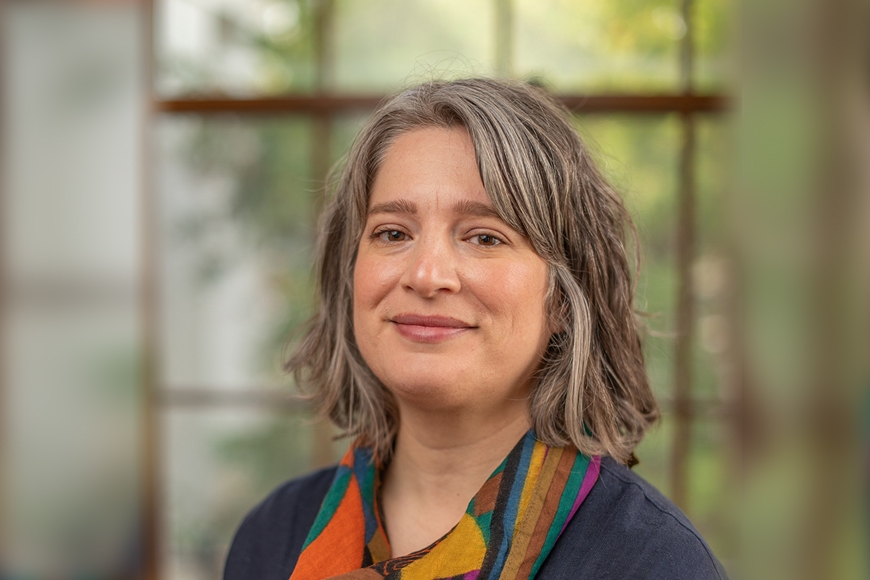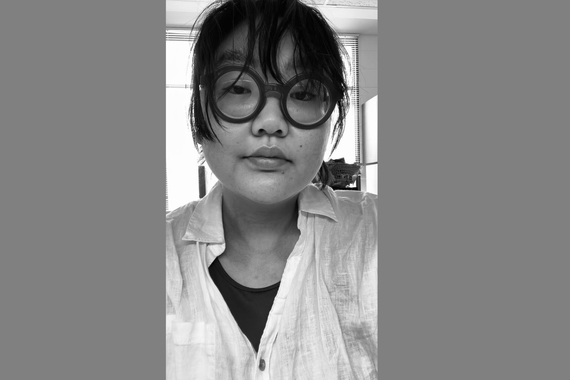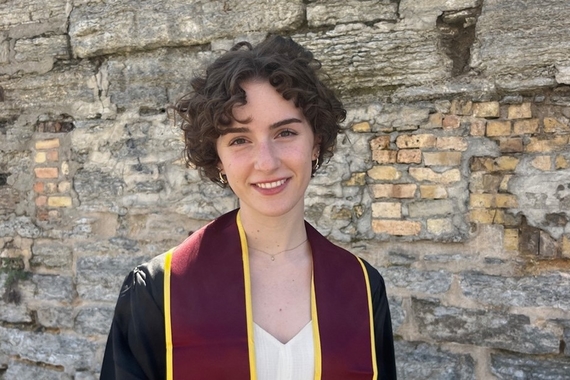From Fireworks to Fake Flowers: Laura Kalba on Everyday Art
“At its best, art transforms how we see the world by bringing new light to a subject, by expanding how we think about everyday life,” says Laura Kalba, a new associate professor in the art history department. She specializes in the study of the fine, commercial, and industrial arts of 19th- and early 20th-century Europe and its empires. Kalba examines how the visual images we create determine how we see the world—and vice versa.
These questions have led her to study not only the work of fine artists, but everyday commercial images and objects as well. Her book, Color in the Age of Impressionism: Commerce, Technology, and Art, discusses the impact of new color technologies on the visual and material culture of 19th-century France. Looking at things like synthetic dyes, fireworks, and fake flowers, the book investigates how the industrial production of colorful images and objects reshaped the way ordinary people saw and related to one other.
Reexamining Well-known Artworks & Figures
Kalba is also interested in reexamining more established artistic figures. She’d like to teach a course centered around the concept of “problematic faves,” a term that refers to popular celebrities or artists who, because of their behavior or the nature of their work, have fallen out of favor with the public yet still hold a special place in many people’s hearts. In the course, “artists’ fame and the iconic nature of certain artworks would be something to be unpacked and critically analyzed.” She imagines asking students to reflect on questions such as, “How did this artist become canonical?” and “What are the politics and history of this piece?” With their help, she’d investigate the question “How can we produce new, explicitly political interpretations of artworks that are problematic in a variety of ways? And, what can we learn from them today?”
Her approach to these questions involves examining works in their historical context, tackling subjects like racism, classicism, and sexism head-on. “I want to empower my students, to give them the tools to see art in new ways, and embolden them to think critically about the relationship between the past and the present,” Kalba says. She doesn’t want them to think of these types of creators (the problematic faves) as “mythical creatures beyond our understanding, that can't be grappled with in a rigorously historical way.” She’d like to spend time relaying the idea that artists don’t have to be placed on pedestals; they don’t have to imagine these figures as exceptional in every way.
Empowering Students
Art has the capacity to make people see the world differently; it can lift a veil. Kalba explains: “Art can draw our attention to something that is right in front of us that we didn't notice.”
Kalba also wants her students to have autonomy and feel confident in their ability to make sense of artworks long after the course is over. For example, at the end of a semester, she wants her students to be able to say, “I can go to a museum and show a brother/sister/mom something that I learned in class and share it with them.” It’s about teaching them the skills they need to keep on learning about the topic on their own, while also imparting that knowledge to others.
“Certain artworks have the power to stop us in our tracks,” she says. But, it’s what comes next that really matters. Kalba strives to put the powerful interactions that students have with artworks into the appropriate contexts for critical analysis.
This story was written by an undergraduate student in Backpack. Meet the team.



